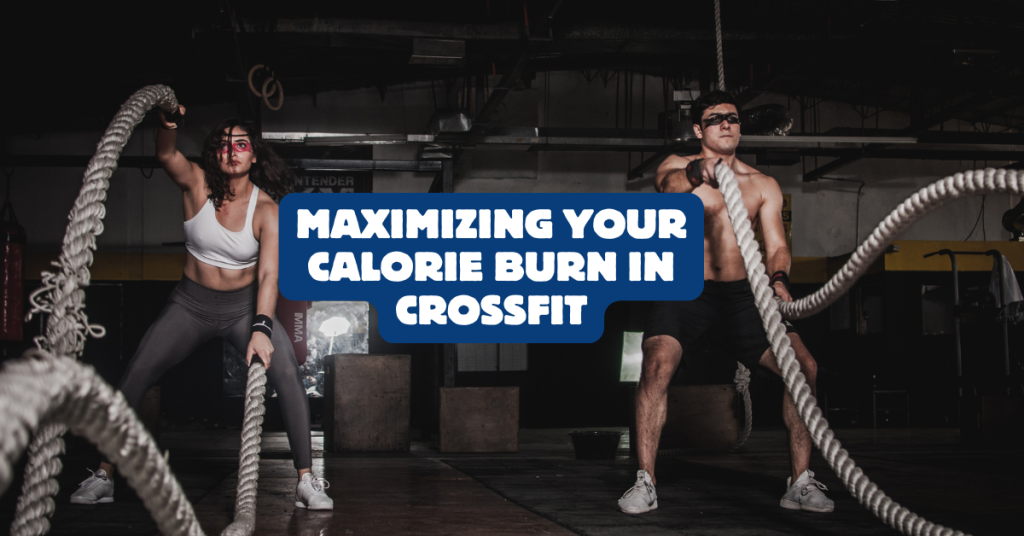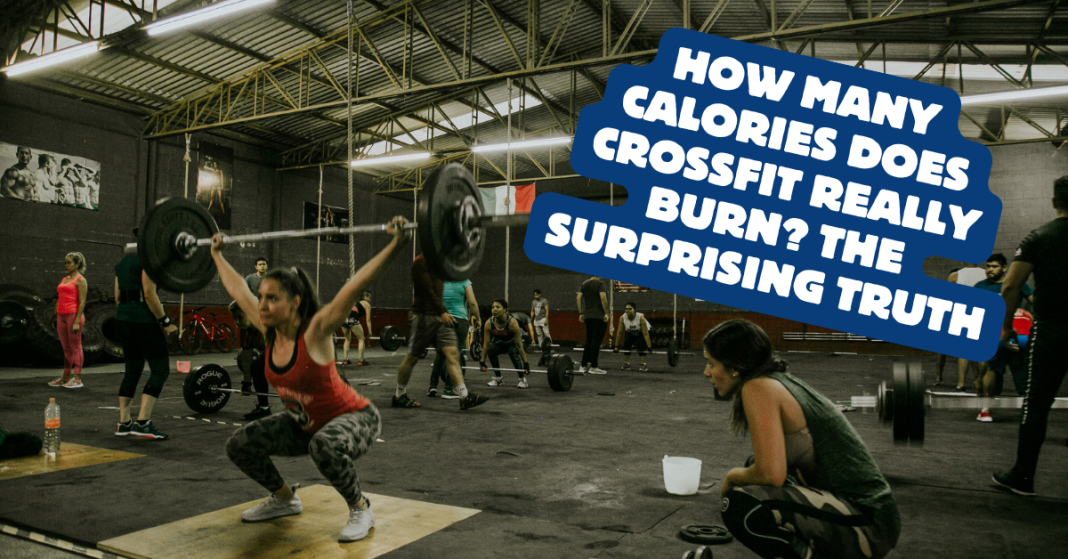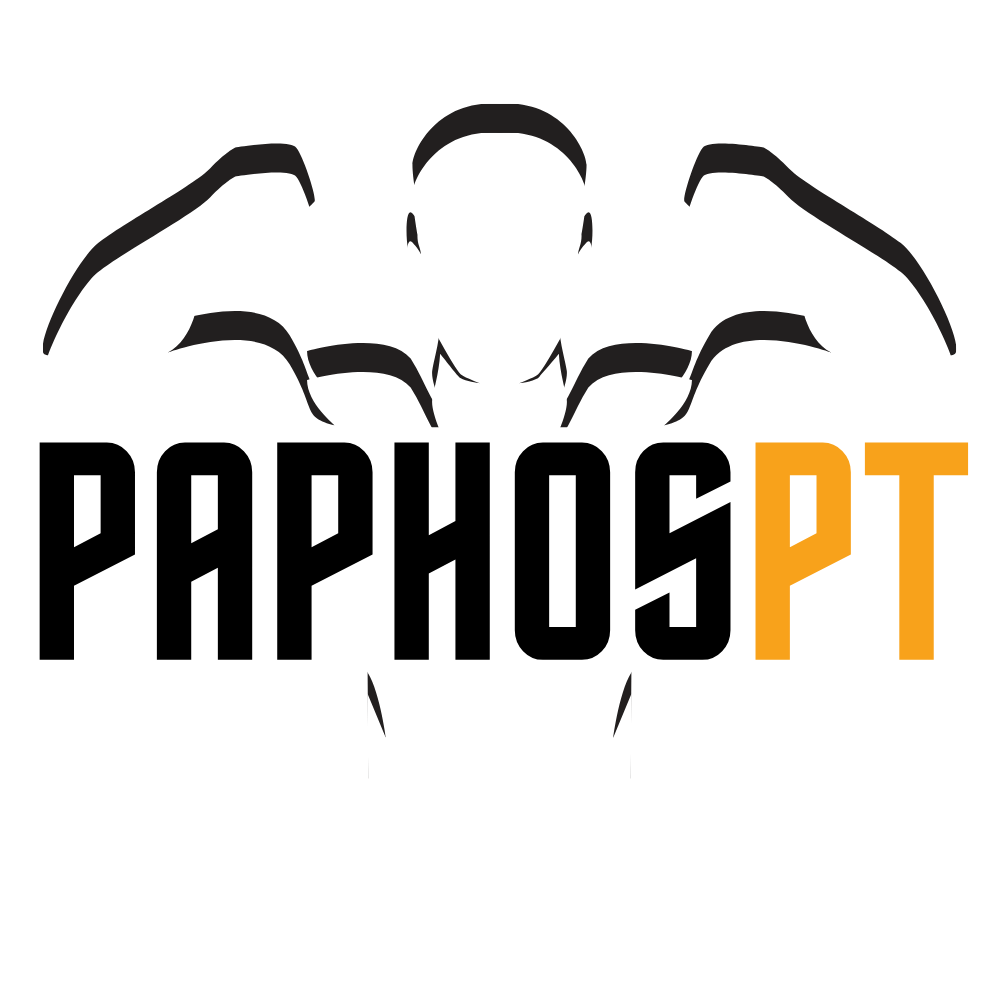Table of Contents
How Many Calories Does CrossFit Really Burn? The Surprising Truth
CrossFit has taken the fitness world by storm with its high-intensity workouts that promise to build strength, improve endurance, and burn a significant number of calories. But just how many calories does CrossFit really burn? Whether you’re a seasoned CrossFit athlete or just curious about trying it out, understanding the calorie-burning potential of these workouts can help you better plan your fitness routine and reach your weight loss goals.
In this article, we’ll dive into the science behind calorie burning in CrossFit, explore how it compares to other forms of exercise, and provide tips to maximize your calorie burn during your WODs (Workouts of the Day). Let’s find out just how effective CrossFit can be for torching those calories!
Understanding the Basics of Calorie Burning
Before we delve into the specifics of CrossFit, it’s essential to understand how calorie burning works. Calories are units of energy that your body uses to perform basic functions like breathing, digestion, and physical activity. The number of calories you burn during a workout depends on several factors, including your weight, age, gender, fitness level, and the intensity of the exercise.
In general, the more intense the exercise and the heavier you are, the more calories you’ll burn. High-intensity workouts like CrossFit are particularly effective at increasing your heart rate and pushing your body to its limits, which can result in a higher calorie burn compared to more moderate forms of exercise.
How Many Calories Does CrossFit Really Burn?
CrossFit is known for its varied and intense workouts, which combine elements of weightlifting, gymnastics, and cardiovascular training. The calorie burn during a CrossFit workout can vary widely depending on the specific exercises involved, the intensity of the workout, and your individual characteristics.
Average Calorie Burn
On average, a typical CrossFit workout can burn between 400 to 600 calories per hour for someone weighing around 70 kg (154 lbs). However, this number can be significantly higher for more intense WODs or for individuals who weigh more.
Factors That Influence Calorie Burn in CrossFit
- Intensity of the Workout: CrossFit workouts can range from moderate to extremely high intensity. The more intense the workout, the more calories you’re likely to burn. For example, a workout that involves heavy lifting, sprinting, and high-rep bodyweight exercises will burn more calories than a workout focused solely on skill development or technique.
- Duration of the Workout: The length of your workout also plays a role in calorie burn. A longer workout will generally burn more calories, but even shorter, high-intensity sessions can be incredibly effective due to the afterburn effect, also known as excess post-exercise oxygen consumption (EPOC).
- Body Weight and Composition: Heavier individuals typically burn more calories than lighter individuals doing the same workout. Additionally, individuals with more muscle mass may burn more calories, as muscle tissue requires more energy to maintain than fat tissue.
- Skill Level: Your experience with CrossFit can also impact calorie burn. Beginners may not be able to push themselves as hard as more advanced athletes, potentially resulting in a lower calorie burn. However, as you become more proficient and can handle heavier weights or more reps, your calorie burn will likely increase.
Comparing CrossFit to Other Workouts
CrossFit is often touted for its high calorie-burning potential, but how does it compare to other popular forms of exercise?
CrossFit vs. Running
Running is a classic cardio workout that burns a significant number of calories. A person weighing 70 kg can burn approximately 600 calories per hour running at a moderate pace (about 8 km/h). While running primarily targets your cardiovascular system, CrossFit engages multiple muscle groups and incorporates strength training, which can lead to a higher overall calorie burn, especially when considering the afterburn effect.
CrossFit vs. Weightlifting
Traditional weightlifting is excellent for building muscle and boosting metabolism, but it may not burn as many calories during the workout itself compared to CrossFit. A typical weightlifting session burns around 300 to 400 calories per hour. However, when combined with high-intensity cardio elements, as in CrossFit, the calorie burn can be significantly higher.
CrossFit vs. Cycling
Cycling is another great cardio workout that can burn about 500 to 700 calories per hour at a moderate to vigorous intensity for a person weighing 70 kg. Like running, cycling is primarily a cardiovascular exercise, while CrossFit’s combination of cardio and strength training can offer a more comprehensive calorie burn.

Maximizing Your Calorie Burn in CrossFit
If your goal is to maximize calorie burn during your CrossFit workouts, here are some tips to help you get the most out of your WODs:
1. Focus on Intensity
Intensity is key in CrossFit. Push yourself during the workout, whether it’s lifting heavier weights, increasing your speed during cardio elements, or aiming for more reps. The harder you work, the more calories you’ll burn.
2. Incorporate Compound Movements
Compound exercises, which involve multiple muscle groups, are a staple in CrossFit. Moves like deadlifts, squats, and kettlebell swings engage more muscles and require more energy, leading to a higher calorie burn.
3. Keep Moving During Rest Periods
Active recovery during rest periods, such as jogging in place or doing light jump rope, can keep your heart rate elevated and contribute to additional calorie burn throughout the workout.
4. Use Heavier Weights
If you’ve been doing CrossFit for a while, challenge yourself by gradually increasing the weight you use during strength exercises. Heavier weights require more effort, which can boost calorie burn.
5. Stay Consistent
Consistency is crucial for seeing results in any fitness program. Regularly participating in CrossFit workouts will help you build strength, improve endurance, and burn more calories over time.
The Afterburn Effect: Burning Calories After Your Workout
One of the unique benefits of CrossFit is the afterburn effect or EPOC. This phenomenon occurs when your body continues to burn calories at an elevated rate after your workout is over. The high-intensity nature of CrossFit workouts can lead to a significant afterburn effect, which means you’ll continue to burn calories even while at rest.
Research suggests that EPOC can increase your calorie expenditure by 6-15% in the hours following your workout, depending on the intensity and duration of the exercise. This makes CrossFit an effective option for those looking to maximize fat loss and improve overall fitness.
Nutrition and Recovery: Essential for Calorie Burning
While CrossFit can be a powerful tool for burning calories, it’s important to remember that nutrition and recovery play crucial roles in your overall success. Proper fueling before and after your workouts ensures that you have the energy to perform at your best and recover effectively.
Pre-Workout Nutrition: Aim to eat a balanced meal or snack that includes carbohydrates and protein 1-2 hours before your workout. This will provide the energy needed for high-intensity exercise and help prevent muscle breakdown.
Post-Workout Nutrition: After your workout, focus on replenishing your energy stores with a combination of protein and carbohydrates. This will support muscle recovery and help you maintain the strength needed for your next CrossFit session.
Additionally, prioritize sleep and rest days to allow your body to recover and adapt to the demands of CrossFit. This will help you stay injury-free and continue to progress in your fitness journey.
CrossFit’s Calorie-Burning Potential – How Many Calories Does CrossFit Really Burn
So, how many calories does CrossFit really burn? The answer depends on various factors, but there’s no denying that CrossFit can be an incredibly effective workout for burning calories and improving overall fitness. With its combination of strength training, cardio, and high-intensity intervals, CrossFit offers a comprehensive workout that challenges your body and keeps your calorie burn high.
If you’re looking for a workout that will help you burn calories, build muscle, and keep things exciting, CrossFit might be the perfect fit for you. Just remember to focus on intensity, stay consistent, and fuel your body properly to get the most out of your CrossFit experience.
For more personalized guidance on your fitness journey, visit Paphos Personal Training, where our expert trainers can help you achieve your goals with tailored CrossFit programs.
For additional insights on the benefits of high-intensity training, check out this resource from the American Council on Exercise and learn more about CrossFit’s impact on your health at the Mayo Clinic.
How Many Calories Does CrossFit Really Burn How Many Calories Does CrossFit Really Burn How Many Calories Does CrossFit Really Burn How Many Calories Does CrossFit Really Burn How Many Calories Does CrossFit Really Burn How Many Calories Does CrossFit Really Burn How Many Calories Does CrossFit Really Burn How Many Calories Does CrossFit Really Burn






